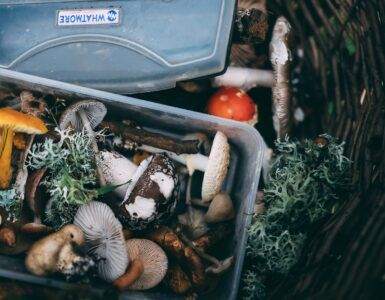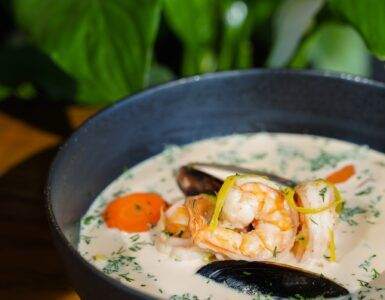Scandinavia, the region consisting of Denmark, Norway, and Sweden, is known for its breathtaking landscapes, minimalist design, and of course: its delectable food. In this culinary journey, we will explore the flavors and dishes that make each of these countries unique. From the hearty, open-faced sandwiches of Denmark to Sweden’s succulent meatballs, let’s embark on a mouth-watering adventure through the diverse tastes of Scandinavian cuisine.
“The spirit of Scandinavian food lies in its ability to turn simplicity into a culinary masterpiece that warms the heart and nourishes the soul.”
Denmark: Smørrebrød & More
Our journey begins in Denmark, with a delightful national treasure: Smørrebrød. These open-faced sandwiches are made with dense rye bread and adorned with a variety of toppings, such as pickled herring, cured salmon, and liver pâté. Smørrebrød is typically enjoyed with a cold beer or snaps, a strong Danish spirit.
Grød: The Humble Danish Porridge
Grød, or Danish porridge, may not be the most glamorous of dishes, but it has a special place in Danish food culture. This warm and hearty bowl of comfort comes in many variations, such as rice pudding (risengrød), oatmeal (havregrød), and even barley (byggrød). Often served with butter, sugar, and cinnamon or some fruit preserves, grød is a classic Danish dish that warms the soul, especially during colder months.
“The essence of Danish food lies in its ability to turn the simplest ingredients into masterpieces of warmth, happiness, and togetherness.”
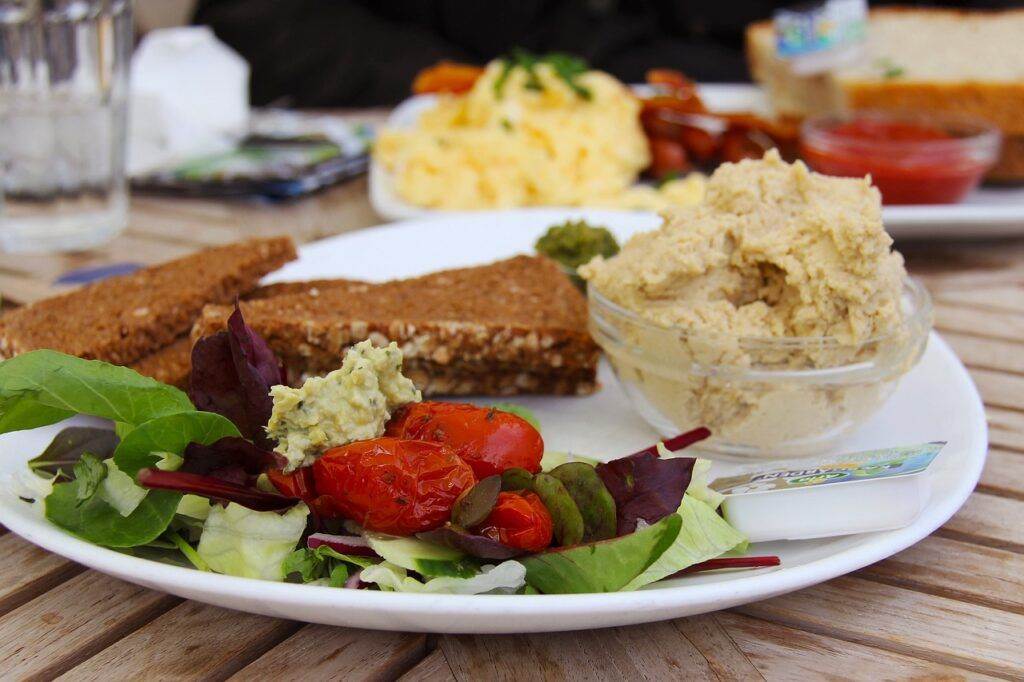
Flæskesteg: Denmark’s National Dish
Often hailed as Denmark’s national dish, Flæskesteg is a mouthwatering roast pork dish. Made from a pork loin with the skin left on, it is seasoned with salt, pepper, and other spices before being roasted to perfection. What sets Flæskesteg apart is the deliciously crispy pork cracklings – the crunchy skin is a much-loved texture contrasting with the tender meat. Typically served with boiled or caramelized potatoes, red cabbage, and gravy, Flæskesteg is a quintessential Danish dining experience.
Another Danish specialty worth mentioning is Frikadeller, or Danish meatballs. Made from ground pork, onions, and breadcrumbs, these versatile meatballs are as delicious in a sandwich as they are in traditional stews or simply with potatoes and gravy.
Norway: Fresh Seafood & Comfort Food
Continuing northwards, we arrive in Norway, where fresh seafood is the star of the show. Rakfisk, or fermented fish, is a cherished tradition in Norwegian cuisine, which dates back to the Viking age. Typically made with fresh trout, what distinguishes this dish is the fermentation process, which imparts unique flavors and textures. Although not for the faint-hearted, rakfisk is a must-try for adventurous foodies.
“Norwegian cuisine tells the tale of briny fjords and verdant mountains, where fresh and rich seafood takes center stage on a plate filled with history and pride.”
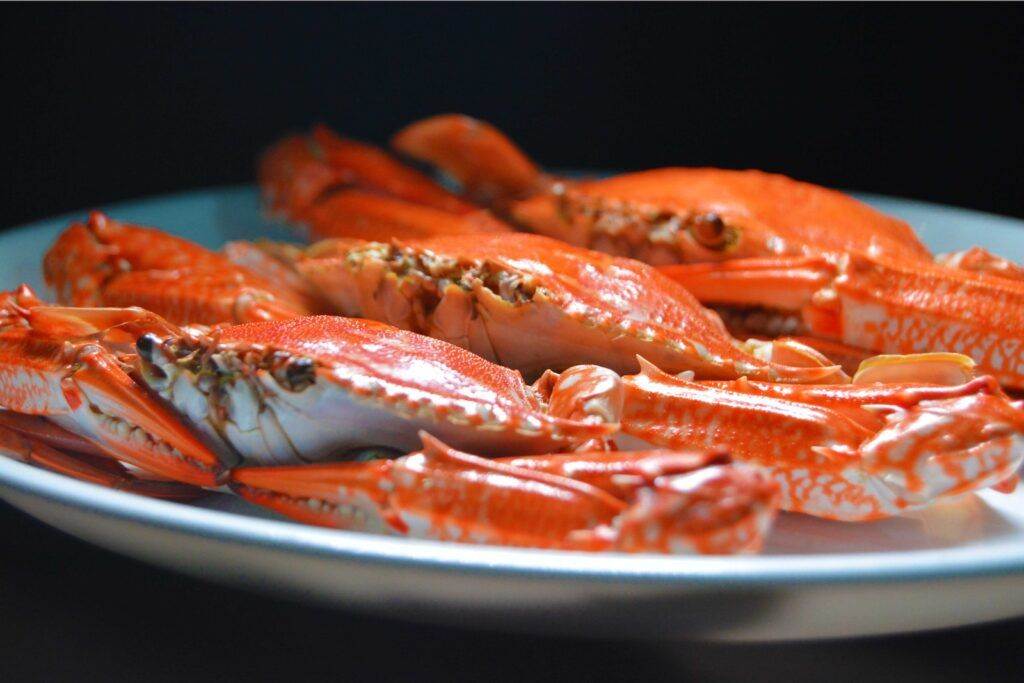
Brunost: Norway’s Unique Brown Cheese
Brunost, or “brown cheese,” is a distinctly Norwegian product made from a mix of cow’s and goat’s milk. Unlike traditional cheese production, where whey is usually a leftover byproduct, brunost is made by boiling the whey until it caramelizes and turns into a slightly sweet, dense block. Brunost has a fudge-like texture and is typically enjoyed sliced thin and served on bread or crispbread (knekkebrød) alongside a cup of freshly brewed coffee.
“In Scandinavia, food is a reflection of the land’s bounty, where time-honored recipes come alive with the colors and flavors that paint the beautiful Nordic landscape.”
Lutefisk: A Legend of Nordic Cuisine
Lutefisk, a dish made from dried whitefish that has been rehydrated in a lye solution before being cooked, is an iconic part of Norwegian food culture. The lye solution gives the fish a gelatinous texture and unique flavor that many people either love or hate. Serving lutefisk with boiled potatoes, peas, and a mustard sauce is a cherished Norwegian Christmas tradition, and families often have their lutefisk recipes passed down over generations.
Of course, we cannot discuss Norwegian food without mentioning Klippfisk. Produced by salting and drying fish, most commonly, the Atlantic cod, Klippfisk is an essential ingredient in many Norwegian dishes, including the comforting Bacalao stew.
Sweden: Köttbullar & Sweet Delicacies
As we journey into Sweden, we are greeted by the irresistible aroma of freshly cooked Köttbullar. These Swedish meatballs, made from ground beef or pork, are usually served with a creamy sauce, lingonberry jam, and boiled or mashed potatoes. Köttbullar represents home-cooked comfort food and has garnered international recognition, thanks in part to Swedish companies like IKEA.

Surströmming: Sweden’s Infamous Fermented Fish
Surströmming, a famous (or infamous) Swedish dish, is made from fermented Baltic herring. The fish is salted, allowed to ferment for months, and then packed into cans. When opened, these cans release pungent odors that are difficult for some to stomach. Despite its notoriety, Surströmming is truly a unique Swedish delicacy, typically served with thin bread (tunnbröd), boiled potatoes, onions, sour cream, and fresh dill.
“Swedish food is a reflection of the country’s rich heritage and the spirit of ‘lagom’: the art of skillfully balancing simplicity, quality, and indulgence with care and passion.”
Gravad Lax: Swedish Cured Salmon
Gravad lax (also known as gravlax) is a Nordic specialty showcasing the region’s love for seafood. Fresh salmon is cured with a mixture of sugar, salt, and dill, and left to rest for a few days, allowing the flavors to develop. Once cured, gravad lax is thinly sliced and traditionally served with mustard sauce (hovmästarsås), dark rye bread, and sometimes a sprig of dill or a wedge of lemon.
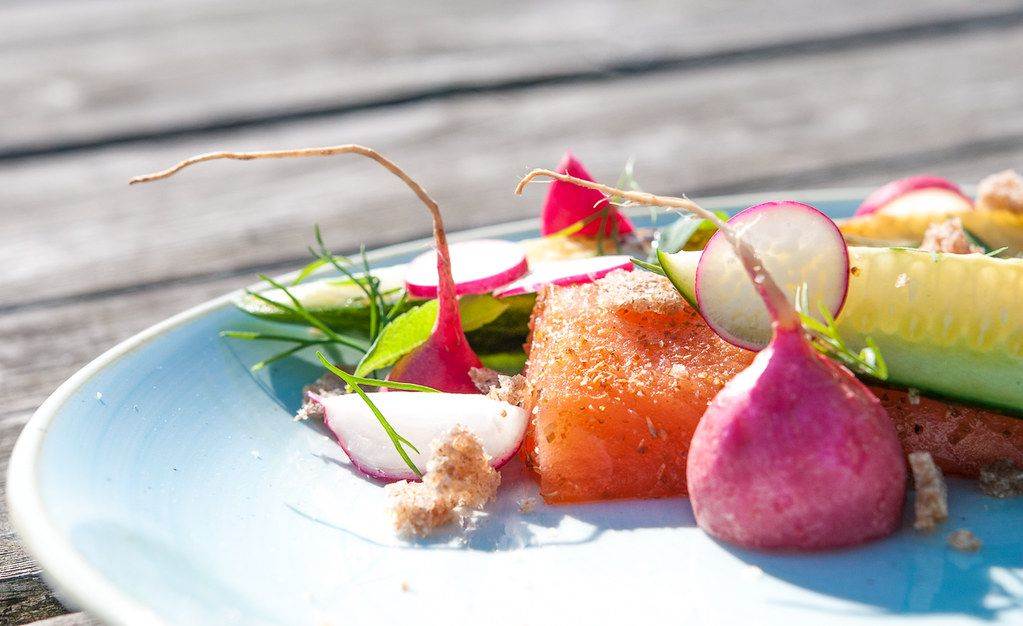
Pyttipanna: A Swedish Comfort Dish
Pyttipanna — meaning “tiny pieces in a pan” in Swedish — is a classic comfort dish that perfectly embodies the Swedish spirit of resourcefulness. Traditionally made with leftover potatoes, onions, and diced meat (such as beef or pork), pyttipanna is a hearty fried hash often enjoyed as a meal after a long day or night out. It’s typically served with a fried egg, pickled beets or cucumber, and in some cases, a dollop of lingonberry jam to balance out the flavors.
Also noteworthy in Swedish cuisine is the “Fika” culture, where friends, family, or colleagues gather for a break with a hot cup of coffee and pastries. While Kanelbullar, the Swedish cinnamon bun, may be the most famous pastry, don’t miss out on the iconic Semla, a cardamom-spiced bun filled with almond paste and whipped cream, traditionally eaten around the time of Lent.
“From the crisp notes of a Swedish lingonberry to the earthy aroma of Danish rye bread, the Scandinavian food experience transports us to a world of pure, natural indulgence, and heartfelt culinary passion.”
To wrap up
From Denmark’s hearty open-faced sandwiches to the seafood treasures of Norway to Sweden’s comforting meatballs and exquisite pastries, the diverse tastes of Scandinavian cuisine offer something for every palate. Whether you are planning a trip to Scandinavia or just looking to try new dishes at home, we hope this journey inspires you to explore the exquisite flavors this wonderful region has to offer.
Last Updated on March 30, 2023

